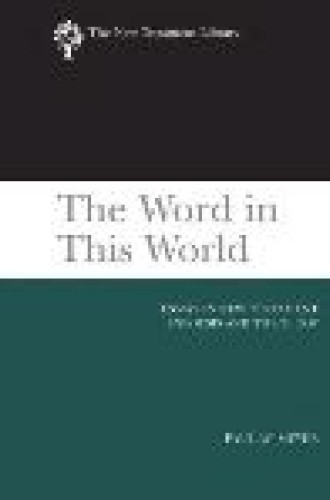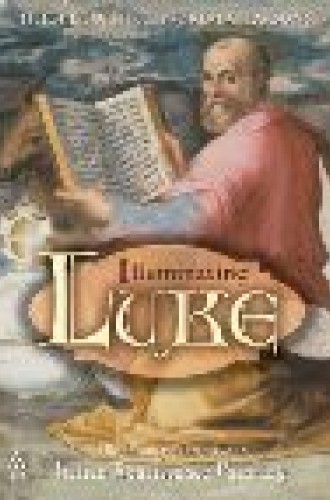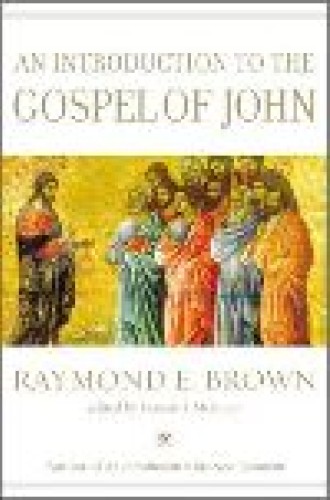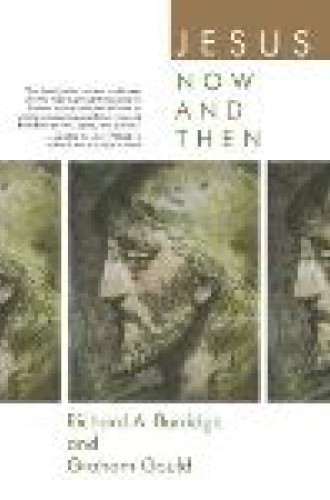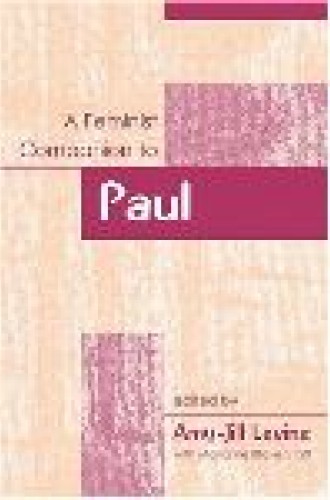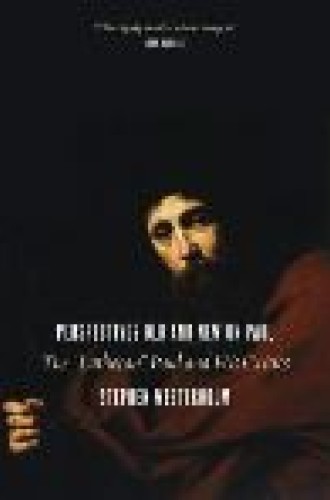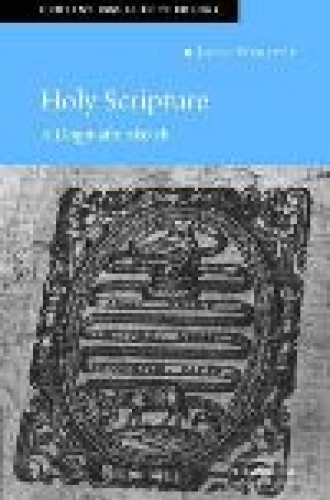Take and read
Meyer is among the most respected New Testament scholars of the past half-century, and this collection will make his important contributions accessible to a wide audience. Readers will encounter a master exegete engaged in genuinely theological and historical interpretation of an impressive range of texts and problems.
Heidi Hornik and Mikeal Parsons, an art historian and a New Testament scholar respectively, explore four Lukan texts and their representations in paintings by Leonardo da Vinci, Jacopo Pontormo, Domenico Ghirlandaio and Ambrogio Lorenzetti. The combination of textual interpretation and visual exegesis is indeed “illuminating.”
When Brown died suddenly in 1998, he left behind an unfinished manuscript for an introduction to the Gospel of John. Moloney’s careful and gracious editing completes that volume and extends it with a series of unobtrusive editorial notes engaging more recent scholarship and occasionally probing Brown’s views for further development. The resulting conversation is revealing, not only about the Fourth Gospel but also about the qualities of respectful scholarly exchange.
Given the never-ending stream of books on Jesus that range from the learned to the lurid, what might pastors read and recommend for intelligent guidance? In this fine and highly readable study, Burridge and Gould introduce the historical problems attendant on reconstructing a “life” of Jesus, survey the New Testament portraits of Jesus, and explore the developing christological debates that culminated in the councils, before concluding with a discussion of some contemporary challenges in the interpretation of Jesus.
The discussion of Paul’s comments on women and of their roles in the Pauline churches has changed dramatically since the debates of the early 1970s over such labels as “liberationist” and “misogynist.” Studies in gender construction, recent historical investigation and exegesis of neglected texts come together here in ways that both complicate and enliven understandings of Paul and his churches.
Rejection of Luther’s interpretation of Paul has become a commonplace of the various scholarly proposals offering “new perspectives” on Paul. With patience, clarity and a charming sense of humor, Westerholm not only introduces readers to the interpreters and their views but offers his own constructive exegesis. For those who have wondered at all the fuss about the “old” Lutheran and the “new” perspectives, this is an excellent introduction.
This slender volume helps readers escape from the emaciated notions of salvation that dominate contemporary Christian discourse. Beginning with biblical accounts of the pervasiveness of human sin, Green explores God’s salvation in individual, social and cosmic terms. Green’s work is both exegetically solid and accessible, making it a fine resource for students at all levels.
In this elegant account of what it means to speak of “holy” scripture, Webster places the question in its rightful context, the self-presentation of the Triune God. Within that theological frame, Webster addresses questions of revelation, canon, reading and the tasks of theology.


